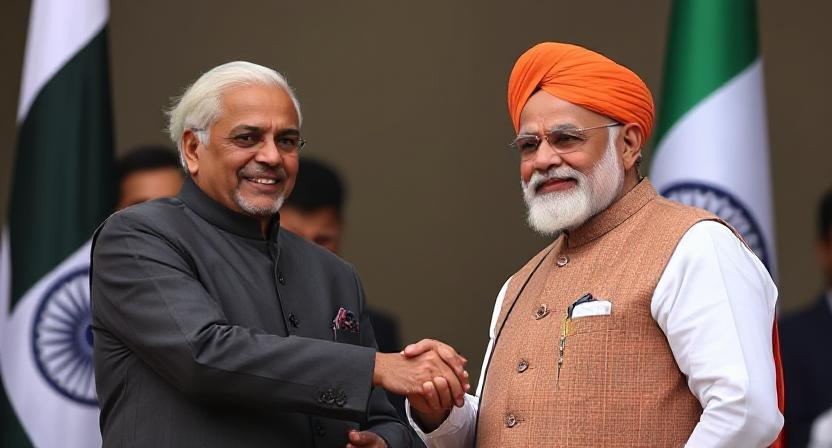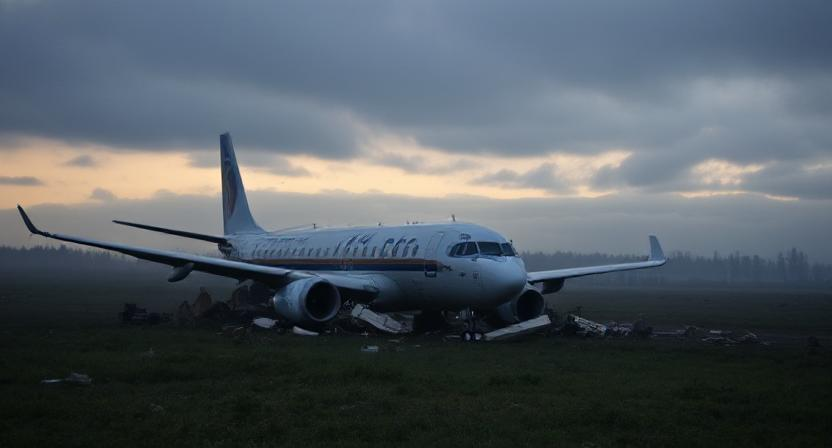The history between India and Pakistan is complex. It is deeply rooted in the partition of British India in 1947. This division created two independent nations. However, it also ignited a long-standing rivalry. The primary point of contention has been the region of Kashmir. This disputed territory has been the catalyst for multiple wars. Cross-border terrorism has further strained relations. India-Pakistan
Table of Contents
The First Kashmir War (1947-1948)
The first war erupted shortly after independence. The princely state of Jammu and Kashmir had a Hindu ruler. However, its population was predominantly Muslim. The Maharaja initially hesitated to join either India or Pakistan. Pakistani-backed tribal militias invaded Kashmir in October 1947. Their aim was to force its accession to Pakistan. The Maharaja sought help from India. He signed the Instrument of Accession. This legally made Kashmir part of India. Indian troops then intervened. The conflict continued until a UN-mediated ceasefire in 1949. This resulted in the division of Kashmir. India gained control of roughly two-thirds of the region. Pakistan controlled the remaining one-third. The Line of Control (LoC) became the de facto border. Both countries, however, continued to claim the entire territory.
The Second Indo-Pak War (1965)
Tensions remained high along the LoC after the first war. Small clashes occurred frequently. These escalated significantly in the 1960s. In August 1965, Pakistan launched “Operation Gibraltar.” This aimed to incite a rebellion in Indian-administered Kashmir. The operation failed to achieve its objectives. Nevertheless, it led to a full-scale war. India retaliated by launching a military offensive across the international border. Fierce fighting ensued for several weeks. Thousands of soldiers died on both sides. Eventually, a ceasefire was brokered by the UN. The Soviet Union and the United States played key roles. The Tashkent Agreement was signed in January 1966. It led to a withdrawal of forces to pre-war positions. No significant changes to the border occurred. Both sides claimed victory. However, the underlying issue of Kashmir remained unresolved.
The Bangladesh Liberation War (1971)
The 1971 war was distinct from the previous conflicts. It did not primarily focus on Kashmir. Instead, it stemmed from the political turmoil in East Pakistan (now Bangladesh). The Bengali population of East Pakistan sought independence from West Pakistan. The Pakistani military launched a brutal crackdown. This led to a massive refugee crisis in neighboring India. India intervened in support of the Bangladeshi independence movement. This triggered a third war with Pakistan. The war was swift and decisive. Indian forces, along with the Mukti Bahini (Bangladeshi liberation forces), achieved a major victory. Pakistan’s forces in the east surrendered. This led to the creation of the independent nation of Bangladesh. The war also saw fighting on the western front. India captured some Pakistani territory. The Simla Agreement in 1972 formalized the LoC in Kashmir. It also aimed to establish peaceful relations. However, the core dispute over Kashmir persisted.
The Kargil War (1999)
In the summer of 1999, another significant conflict erupted. Pakistani soldiers and militants infiltrated Indian-controlled territory in the Kargil district of Kashmir. They occupied strategic high-altitude peaks. India launched “Operation Vijay” to evict the intruders. Fierce battles took place in challenging mountainous terrain. The Indian military, with air support, eventually regained control. Pakistan faced significant international pressure to withdraw its forces. The Kargil War highlighted the continued volatility of the Kashmir issue. It also occurred after both India and Pakistan had conducted nuclear weapons tests. This raised concerns about potential escalation.
Post-Kargil Conflicts and Tensions
After the Kargil War, the relationship between India and Pakistan remained strained. Cross-border terrorism became a major point of contention. India accused Pakistan of supporting militant groups operating in Kashmir and other parts of India. Several terrorist attacks in India were attributed to Pakistan-based organizations. These incidents led to periods of heightened tension and military standoffs.
Major Terror Attacks and Indian Responses
The attack on the Indian Parliament in 2001 led to a large-scale military mobilization on both sides of the border. Diplomatic efforts helped to de-escalate the situation. The 2008 Mumbai terror attacks further strained relations. India blamed Pakistan-based Lashkar-e-Taiba for the attacks.
In 2016, following a deadly attack on an Indian Army base in Uri, India conducted surgical strikes against terrorist launch pads across the LoC. Similarly, after the Pulwama attack in 2019, India launched airstrikes on a Jaish-e-Mohammed training camp in Balakot, Pakistan. These actions demonstrated India’s willingness to respond militarily to perceived provocations.
Recent Developments and Ongoing Tensions
In recent years, tensions have continued. India’s revocation of Article 370 of its constitution in 2019, which granted special status to Jammu and Kashmir, was strongly condemned by Pakistan. Cross-border skirmishes and accusations of ceasefire violations remain frequent.
In April 2025, a terrorist attack in Pahalgam, Kashmir, resulted in the death of several tourists. India accused Pakistan of supporting the perpetrators. This led to a sharp escalation in tensions. India reportedly conducted missile strikes on alleged terrorist infrastructure in Pakistan and Pakistan-administered Kashmir. Pakistan condemned the strikes as an “act of war.” This recent event underscores the enduring and dangerous nature of the India-Pakistan conflict.
The Enduring Legacy of Conflict
The history of India and Pakistan is marked by repeated wars and persistent tensions. The unresolved issue of Kashmir remains the central point of conflict. Cross-border terrorism has added another layer of complexity. Despite periods of attempted dialogue and peace initiatives, a lasting resolution has remained elusive. The nuclear capabilities of both nations add a dangerous dimension to the rivalry. The ongoing conflict continues to shape the geopolitical landscape of South Asia. It demands careful attention from the international community. The path towards lasting peace requires addressing the root causes of the conflict. It also necessitates building trust and fostering cooperation between the two nations.



